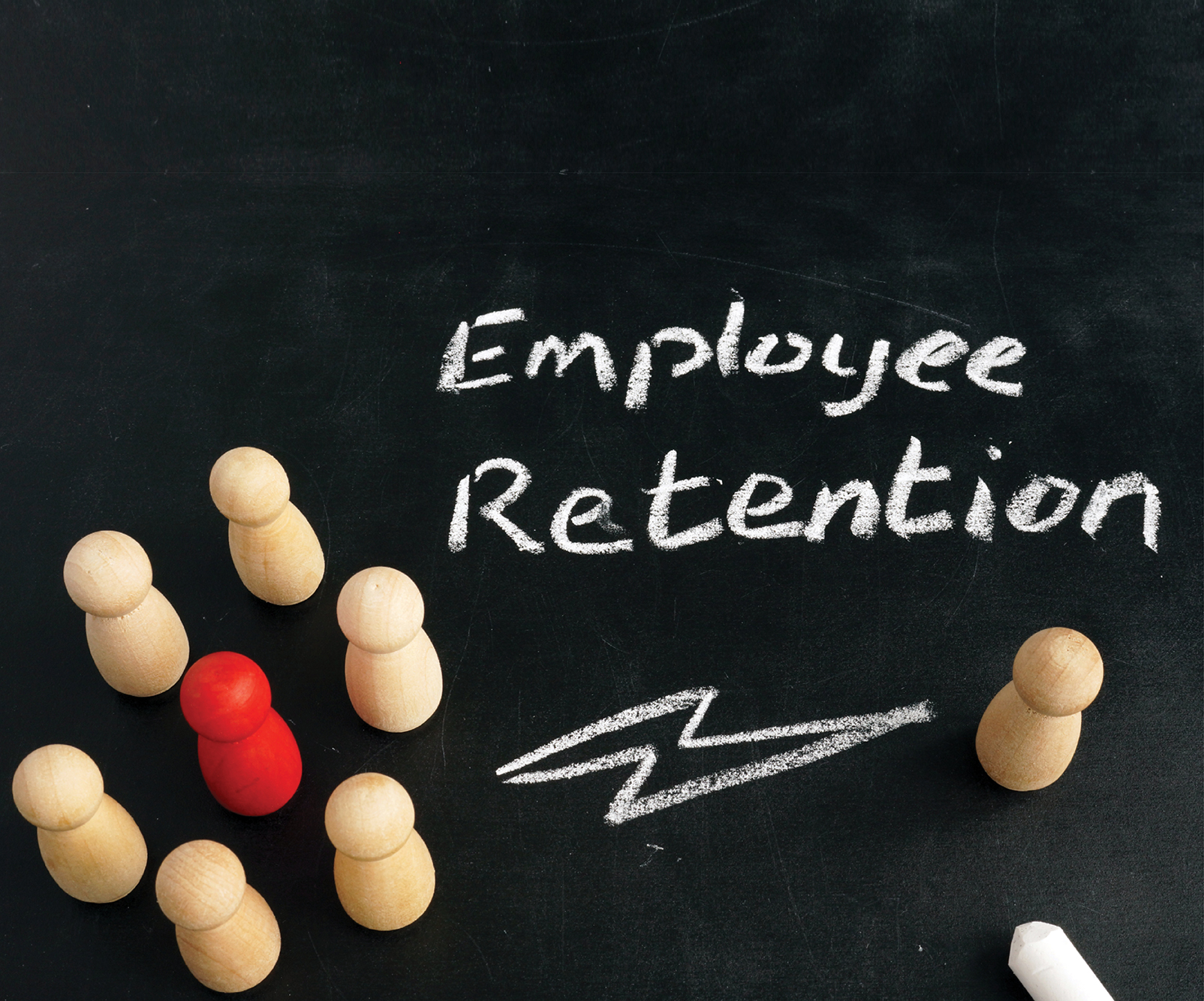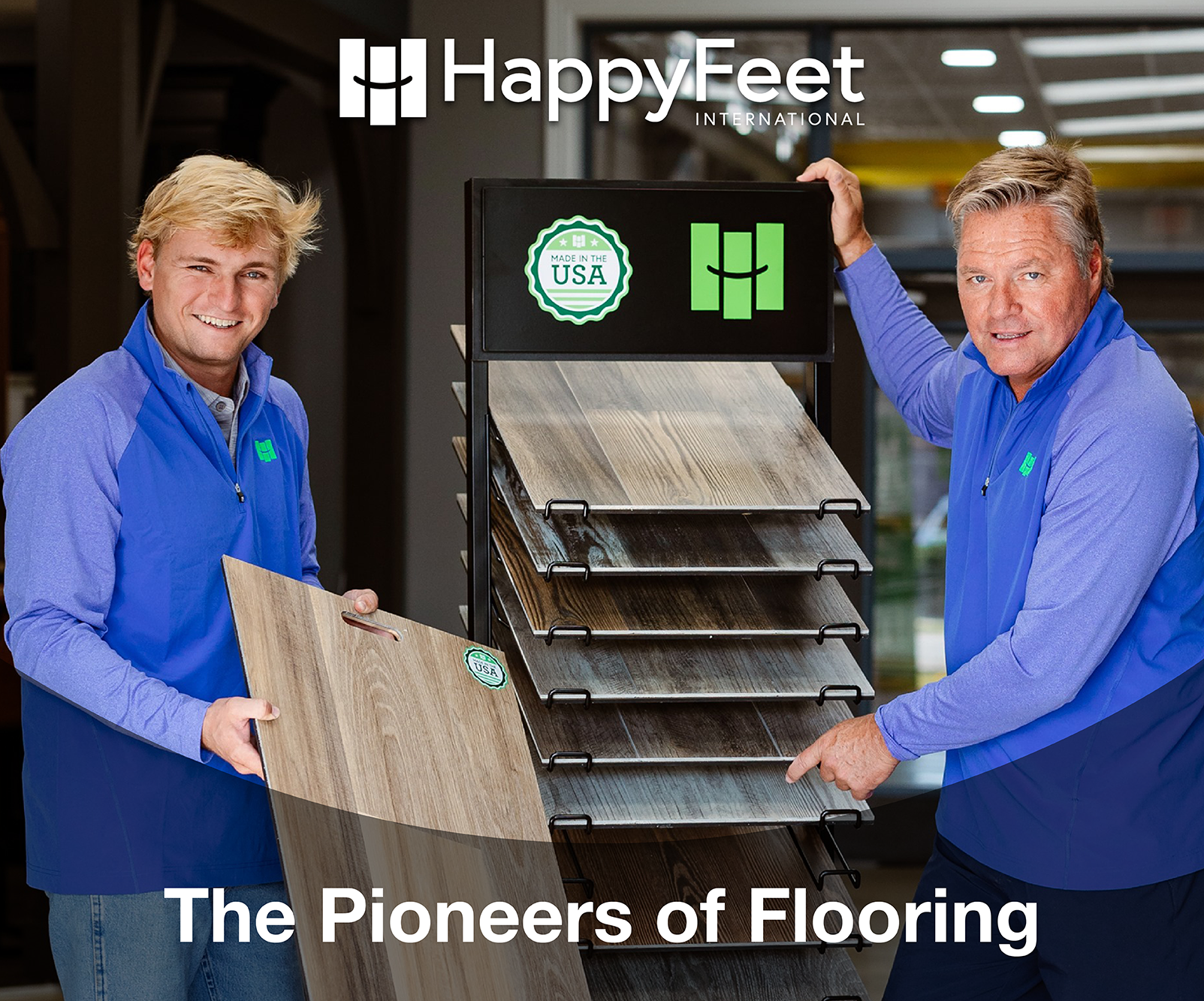Not Another HR Initiative! The Palmer-Donavin Approach to Improving Operational Efficiency

While it won’t come as a surprise to anyone, companies have been struggling to find and retain employees in perhaps the tightest labor market in history. Prior to COVID-19, many building material and supply companies claimed staffing and retention were among their top strategic priorities – little did they know what was coming down the pike! Exacerbated by COVID-19, declining work force participation rates and generous government stimulus, The Department of Labor reports that as of October 2021, there are 7 unemployed people for every 10 job openings. The labor market has fully recovered from pandemic losses (yes, unfortunately that seems to be the truth) and then some. With job openings topping 11 million, there are some 3.3 million more openings than job seekers. Demographic trends point to a tight labor market for the rest of this decade. The reality we are faced with is that “holding on” or hoping for a cyclical swing in the labor market isn’t a strategy.
Buoyed by the tight labor market, employees are leaving their current jobs in record numbers in what has been coined, “The Great Resignation”. According to the Bureau of Labor Statistics (BLS) over 12.6 million people quit their job in the third quarter alone. Given the labor shortage, retaining good employees is both more important and more difficult than ever before. Our industry in particular, relies on tribal knowledge and front-line decision making to rapidly respond to customer needs, making employee retention particularly important.
An overwhelming number of executives in our industry agree that “human capital” will continue to be a primary business constraint for the foreseeable future (on par with the disrupted supply chain). To understand the impact this will have on businesses, particularly in labor intensive business like ours, you only need to visit a local restaurant. Here in Columbus, Ohio it is not uncommon to see dining rooms closed, hours reduced, and limited menus because of severe labor shortages. There simply aren’t enough employees to keep up with customer demand at the current price structure. To avoid a similar fate, we need to be laser focused on our people to continue delivering the service levels our customers rely on.
“We did it by changing the way the HR team interacts with the business.”
Despite the current labor market challenges noted above, over the past twelve months, Palmer-Donavin has eliminated temp agencies from our staffing model (which used to account for over 15% of our total workforce), reduced turnover to our lowest level in eight years, and enhanced operational efficiency. We did it by changing the way the HR team interacts with the business. I’m excited to share what has worked for us and what we learned through the process.
In the past, when we spoke about turnover, it was seen as another HR initiative that supervisors were expected to focus on along with a host of other competing initiatives. Last winter, we committed to finding a better way. Rather than focusing on driving an HR metric, the Human Resources department has been focused on how we can add value to our operations leaders and the business at large. We started by learning more about the metrics they were already responsible for achieving.
“Making the right decision requires clarity from senior leadership all the way through the organization to front-line employees. The same is true when focusing on turnover.”
Through our research, we discovered there are inherent tradeoffs that are made on the fly every day that our HR initiatives were directly competing with. To illustrate, think about a quality control initiative. If senior leaders talk about the importance of quality but managers focus on getting product out the door, and HR is harping about overtime, front-line leaders are stuck deciding which is important. Over the long term, it is easy to understand that better quality control increases capacity and reduces overtime but in the short term, they often compete. When choosing between competing priorities, most people will generally appease the more immediate of the three based on proximity. In this example, they listen to their manager that they personally interact with every day. Making the right decision requires clarity from senior leadership all the way through the organization to front-line employees. The same is true when focusing on turnover.
Armed with our knowledge of operations metrics and priorities, last winter we kicked off a twelve-week training program for front-line supervisors. Our training encompassed everything from time management and work allocation to coaching and delegation with the express purpose of driving their existing metrics. Our training was structured as a collaboration between Human Resources and front-line operations to address day to day challenges while enhancing our employee ownership culture. Senior leaders received weekly updates on the training objectives as well as specific activities they could take to engage with and support the learners. Executives and managers were encouraged to attend and participate in the training as their schedules allowed. With executive support, we got clarity on our priorities and clearly demonstrated how each metric was impacted by turnover, staffing, and employee engagement. At the conclusion of the training program, collaboration between HR and operations has greatly improved along with our business results.
One outcome of the program has been the advent of the Calhoun Cup, named after our recently retired CEO, Ron Calhoun. Because we have a very competitive culture, we took steps to gamify the learning objectives of the training program. The Calhoun Cup is both a trophy and cash prize that is awarded to the operations supervisor that:
- Has the largest year over year increase in Labor Efficiency Ratio (Gross Profit/Payroll Expense)
- LER is a great overall measure of operational health. Because it is weighted so heavily on payroll expense, it focuses attention on getting the most out of every payroll dollar through things like effective onboarding, cross-training, and reducing overtime. LER is dependent on having a high performing team that is fully trained and empowered to make decisions where the work happens. LER is kept in balance with the absenteeism metric.
- Meets or beats the absenteeism benchmark
- Absenteeism is an indicator of employee engagement. This metric encourages supervisors to treat employees well and engage in those critical one on one conversations that are hard to measure and easily overlooked. This metric prevents supervisors from making unsustainable demands on employees to drive LER. Over the long-term, as absenteeism increases, LER decreases.
- Staffs to budget each month
- Staffing to budget requires hiring managers to be fully engaged in the hiring process. It also discourages them from disregarding turnover as long as product is moving. It is kept in balance by the LER which prevents protecting underperforming employees to meet staffing budgets.
Rather than competing with other operational KPI’s, the Calhoun Cup metrics support and even drive results in other areas of focus. The line of sight between employee retention and bottom-line results is made clear. Now, rather than being seen as an HR initiative, employee retention is understood to be a lead measure of operational performance. The Calhoun Cup standings are published on a monthly basis for all to see. Bragging rights are at stake.
Armed with the training and support from the Executive Team, our operations leaders have gotten amazing results by focusing on these three metrics. As a quick point of reference:
- Overtime is down more than 25% year over year through November
- Turnover has been cut in half year over year
- Absenteeism is at or below industry benchmark for every month of the year
We are blessed to operate in an industry that has fared very well throughout the pandemic. What makes the results above even more amazing, is the fact that they have been achieved alongside significant year over year increases in business volume.
The business case for reducing turnover goes well beyond satisfying an HR initiative. However, the benefits cannot be assumed to be self-evident. Taking the time to specifically explain how human capital management impacts operations metrics is critically important to getting results. I’m proud of the results our operations team have achieved this year and I’m looking forward to working closely with them in 2022.
For more information on the steps we are taking to ensure continued success throughout 2022, take a look at these supporting initiatives at Palmer-Donavin:
Click here to read about compensation and benefits enhancements
Click here to learn about automation in the door division
Click here to learn about automation in building materials






